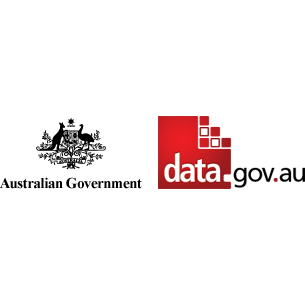Brief description
## **Abstract**This dataset and its metadata statement were supplied to the Bioregional Assessment Programme by a third party and are presented here as originally supplied.
The layer in question describes faults interpreted to occur within the base of Permian geology within the Arckaringa Basin.
## **Purpose**
Fault deformation was considered an important architectural feature of the Arckaringa basin to map, particularly with respect to the potential for inter-aquifer connectivity with other basins such as the Great Artesian Basin such faulting may engender.
## **Dataset History**
The shapefile was developed by Frogtech in 2013. The generation of this and other interpretations developed by Frogtech followed this work flow pattern: 1.Complete all seismic and well interpretations after mistie analysis and fixes. 2.Define extent polygons for each unit using well data, surface geology polygons, seismic data and faults as constraints. This includes making detailed polygons of inclusions and exclusion areas for each grid to allow for erosional highs etc. 3.Define fault polygons in Kingdom for each surface where there is a mappable, significant offset on a horizon. 4.Create a test grid in twt using the gridding modules in Kingdom. The default gridding parameters used are 200m cell size, fault convergence (where faults are relevant) and moderate grid smoothng. 5.Review and interrogate the test map looking for grid artefacts. Review, check, adjust seismic interpretations as relevant. 6.Regrid. Iterate. 7.Once satisfied with the twt map, depth convert the relevant seismic horizon using the inbuilt Kingdom function to depth-convert by selected time-depth curve. After QA/QC we used the Cootanoorina-2 checkshot data to depth convert horizons in the north and east and the Arkeeta-1 checkshot data to depth convert horizons in the south. 8.Grid the horizon in the depth domain using the depth converted horizon and relevant depth-domain formation tops. 9.Review and assess the resultant draft depth structure map. 10.Remove grid artefacts and adjust interpretation as necessary. Regrid. Iterate. 11.Local smoothing of grids to create continuation of inferred troughs between control points and where first iteration isopachs show grid overlaps. Regrid. Iterate. 12.Create final maps in Kingdom. Export to ArcGIS. Create contours and apply consistent colour stretches to each map.
## **Dataset Citation**
SA Department of Environment, Water and Natural Resources (2015) FrogTech, Permian Geology Base Faults - ARC. Bioregional Assessment Source Dataset. Viewed 26 May 2016, http://data.bioregionalassessments.gov.au/dataset/ab5e2e15-3666-4ad3-a11d-b12e453990f3.
Full description
FrogTech, Permian Geology Base Faults - ARC - Data FileSpatial Coverage And Location
text: POLYGON ((0 0, 0 0, 0 0, 0 0))
Subjects
User Contributed Tags
Login to tag this record with meaningful keywords to make it easier to discover
Identifiers
- Local : ab5e2e15-3666-4ad3-a11d-b12e453990f3
- URI : data.gov.au/data/dataset/43950a7e-2f0d-4385-8132-b9fea394f877



